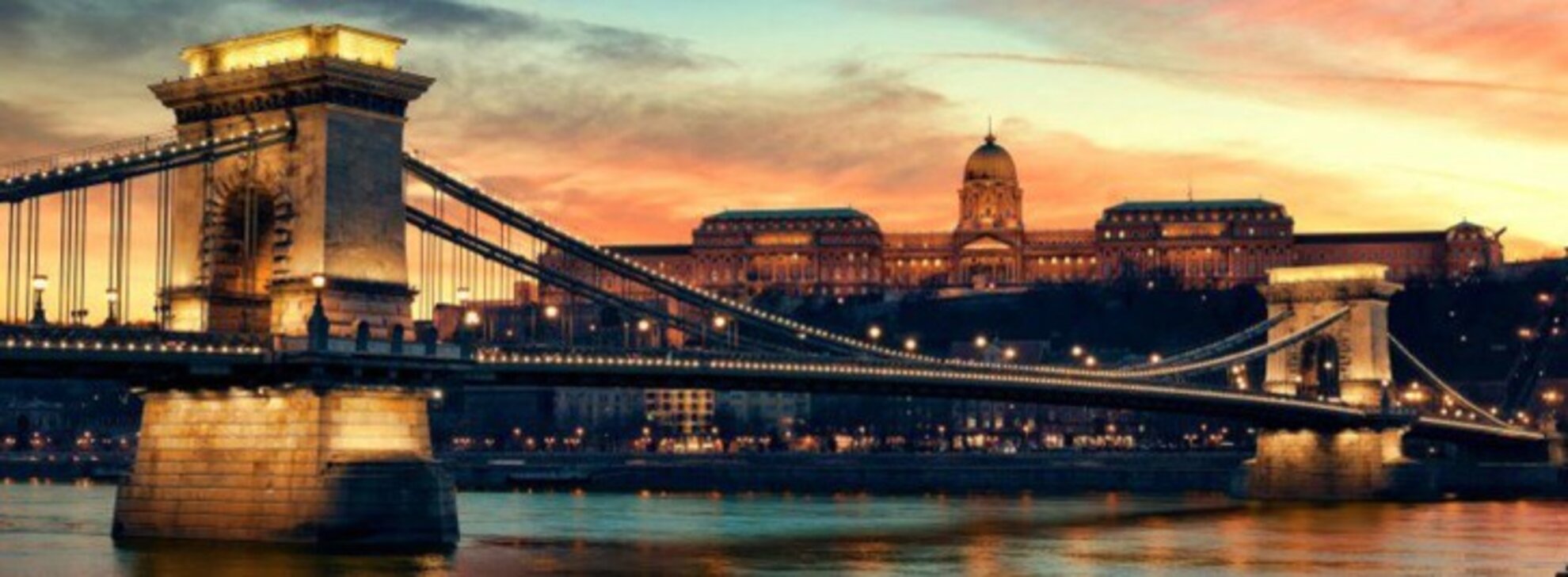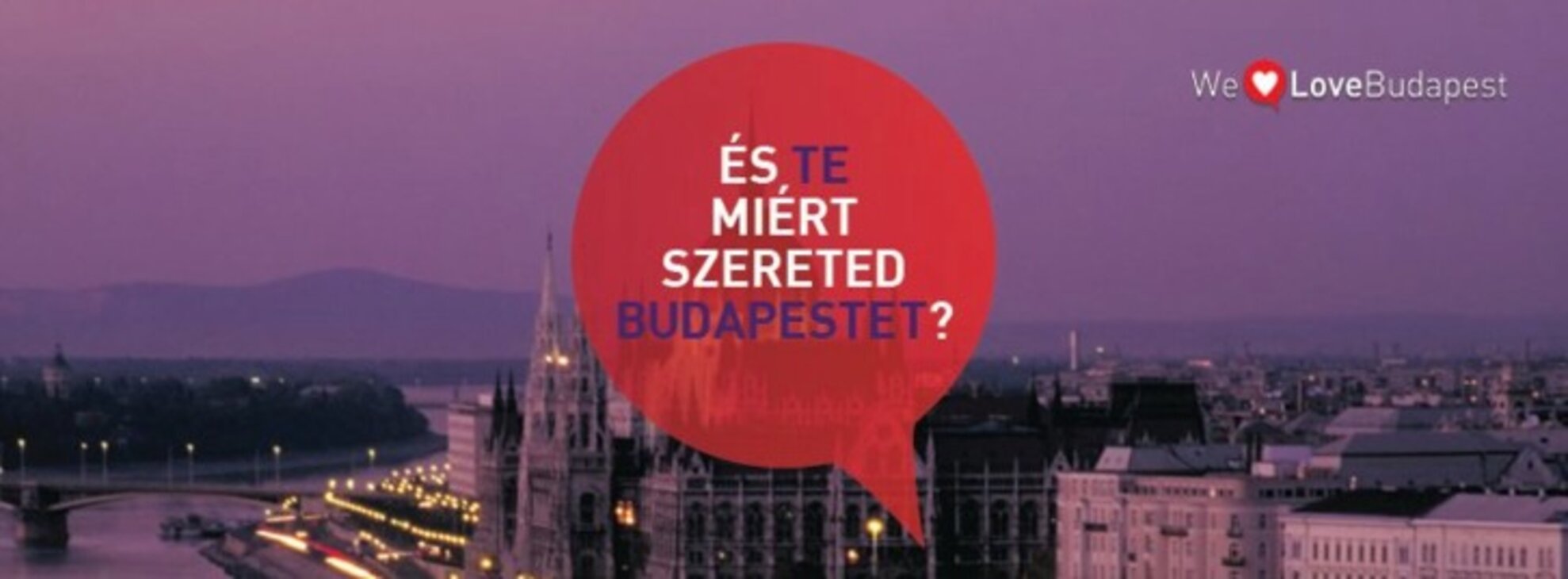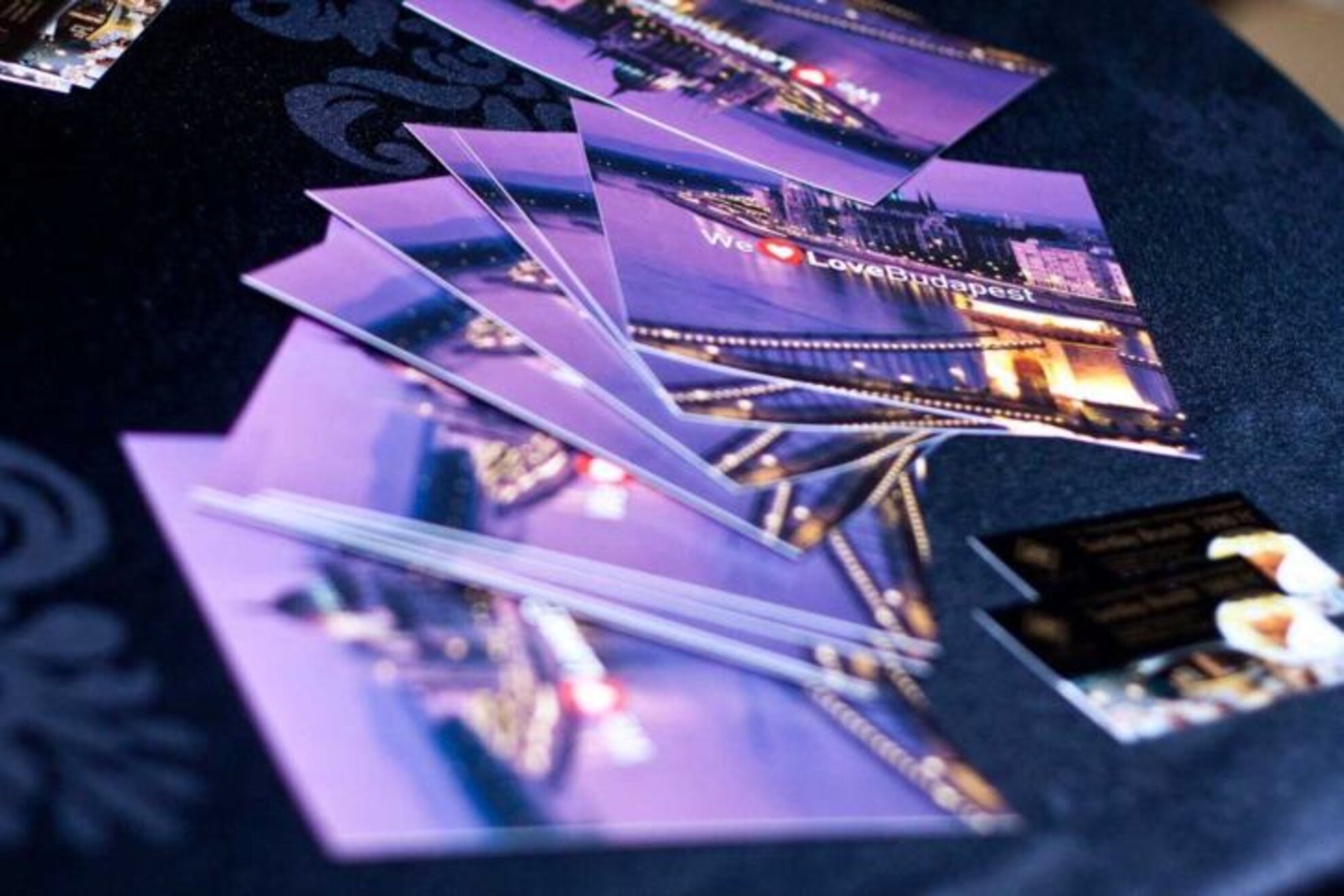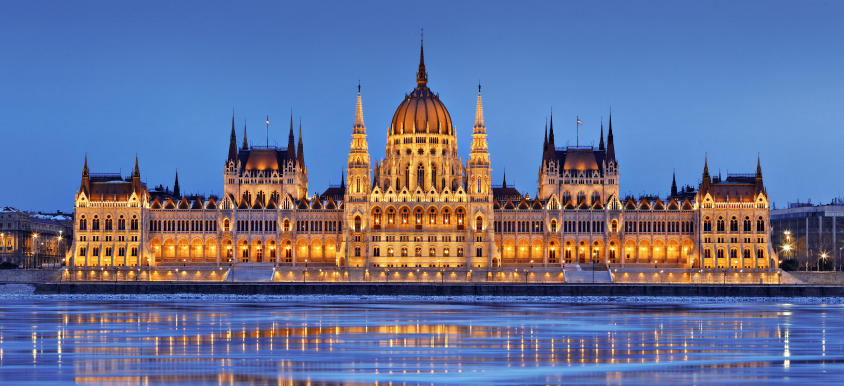Is Budapest progressive? If it is, then why, if it isn’t, how could it be? What could make our capital a real global city? These were the questions waiting to be answered at the conference organized by WeLoveBudapest last Thursday, where among other things it became known that two decades have passed since the change of regime and Budapest still lacks an image for the future, and the reorganizing market makes it especially important to devise one.
At the event organized by the editors of WeLoveBudapest, Anikó Kada and Regina Papp, István Száraz, whose brainchild is WeLoveBudapest, said that Budapest needs a different image to the one most tourists have stored in their minds. For many still believe that it’s a settlement of many others beyond the Iron Curtain.
Agreeing with the father of WeLoveBudapest, Gábor Jakab, the sales manager of Continental Hotel ****Superior Budapest added that according to his foreign partners organizing tours to Hungary Budapest still lacks a real character that can be sold abroad. Truth be told, after tourist leave, they think they got more than had been expected, but it’s simply not enough because first we have to get them to come here. Little wonder that Budapest is lagging so far behind Prague and Vienna: while the Czech capital sports more than 15.5 million registered nights spent in different types of accomodation by non-resident persons in 2010, and this number is 10.8 in the case of the Austrian capital, Budapest can only boast with 5.8 million nights.
Péter Gauder, architect and urbanist, argued that as Europe’s reallocation is underway Budapest is still in need of an image for the future in the “city race”, partly because the people who could set the target learnt city design in the socialist decades, so according to him, a change in the way of thinking is the most relevant.
He thinks that first we have to make ourselves believe that Budapest is a good place, and praise the features that are advantageous today. “We need to rev them up, and tailor them to the consumers” – said Gauder.
In the way, as, for example, the Budapest Underguide does it. As Judit Maróthy, CEO, explained they introduce Budapest to the visitors with the help of uniquely planned tours and exclusive guides. They try to integrate the tourists into the local life with maximalizing the positive impressions and keeping the negative ones to a minimum.

Another possibility is to provide truly exclusive services to those interested in luxury tourism. However, as Edina Burai, the CEO of Program Deluxe elaborated, it has to be done craftily. Compared to the luxury services provided by either Paris or Prague, those of Budapest are disappointing. What could exemplify it better than the supplies of the luxury shops in Andrássy Avenue, that are significantly different from those of the same brands in the countries to the West of Hungary. Today, these companies can offer 3 to 4 hours of content to the tourists interested in this segment, although their slogan claims they can make the impossible come true. The most popular programs are mainly the opera- and other high cultural programs in mansions close to Budapest, visits to homes of famous artists, and interactive cooking evenings in the apartment restaurants of downtown palaces.
And where is Hungarian gastronomy is heading? By the way, what is Hungarian cuisine we’re so proud of? – posed the questions the participants of the next block, with their minds set on analyzing our gastronomy. ”Hungarian cuisine is what we deem ours.” – argued Lajos Bíró, the co-owner of Bock Bistro. Gianni Annoni, restaurant owner shares the view that it is traditions that you can build on, and Hungarians should protect their traditions. “Why do they offer spagetti in a Hungarian restaurant?” – asked the Italian chef confused. Lajos Bíró added that the Hungarian catering trade is in a tough spot because restaurants are forced to procure ingredients mainly from the Viennese market. The Hungarian ingredients of constantly good quality are either expensive or non-existent. This was further pointed out by Zoltán Nagy, bar owner, who likened searching out good ingredients in Hungary to a treasure hunt. Bíró, however, noticed on a trip to Skandinavia that the sole reason why restauants are successful over there is the excellent ingredients they work with. Diagnosing the gastronomic appeal of Budapest he highlighted that trends should be followed, and those who don’t do this way will fall behind, of which there are numerous examples.
The presenters emphasized that one of the conditions of progress is to make the guests go to a restaurant for what is offered there, and not to make variations to the menu, changing the meals as to suit their tastes better. At the same time, Zoltán Nagy was self-critical enough to point out that even today many places acknowledge guests only if they are dressed to pay, or not even then. “There’s no point in having expensive fixtures or quality drinks, the host is of the utmost importance” – he said. An interesting consequence was drawn by Zoltán Benkő, winebar owner, saying that the gastronomic revolutions of Germany in the 70s, and Austria in the 90s started with the development of winemaking. Whether Hungary is a leader in winemaking, Benkő said “no”, though the Hungarian winemaking society is on the right path. Even though he thinks that instead of the much hyped red wines we should pay more attention to white wines. He drew the attention of the audience to an initiative of Vienna, where the vineyards have been restored to their original places, becoming a real tourist attraction. He thinks their example should be followed.

The “Culture and entertainment” block was started by Zoltán Ács, the creative director of Design Terminál. His talk revolved around the introduction of the building and functions of Design Terminál, the once bus terminal. The building is unique in both its architecture and its functions, and it’s an integral establishment of Budapest. Its purpose is to stimulate and assist in the development of the ambitious Hungarian designers, and the Hungarian design culture, in order to enhance both the competitiveness of the Hungarian economy and our standard of living. The building is suitable for exhibitions, business conferences, and fairs. In addition, it’s equipped with an ever important research library.
Ábel Zsendovits, the co-founder and owner of Szimpla Kert told us about its history, and introduced the Szimpla Café-Garden, that celebrated its 10th birthday last week, and that has become a uniquely Hungarian phenomenon. He told us what difficulties they have been facing. The Szimpla Kert providing place for several ruin pubs bears the same appeal in Budapest as the Heroes’ Square or the Buda Castle. The guests are open to and interested in this kind of establishment of entertainment. What more proof is needed than the fact that nowadays most pictures are taken in Szimpla Kert by tourists. Furthermore, Szimpla’s places opened in Berlin and at Lake Balaton are widely popular. Could it be the beginning of a Hungarian franchise?
Gergely Csókay, the co-owner of 4Bro Bisztró, Ötkert and Budapest Fridge Festival described how they could achieve great successes and popularity in entertainment industry utilizing the new type of social medium, Facebook. They were the first in Hungary who turned a Facebook event of some thousand people into reality, starting from a small circle of friends, with the help of the novel type of communication. Jean-Christophe Bonis, the CEO of Oxymore Inc. presented the importance and indispensability of the digital media using advertisement campaigns successful both creatively and among the audience worldwide.

William Clothier, the co-founder and co-owner of Brody House drew our attention to the importance of architectural and material values from the point of view of a foreigner, and he did this with the presentation of the cultural establishment called Brody House. His recurring motto “one man’s waste is other man’s treasure” was meant to say that us, Hungarians tend to neglect the hidden values, and look for something else. Yet, Budapest has a lot to offer, we just have to discover these riches.
Botond Bognár the owner of Villa Budapest introduced us a venue known by a handful. He renovated a villa just under the Buda keeping its elegance but making use of modern technical background. This building can soon become the most popular and most compelling contemporary art venue of the capital. The last talk of the conference was held by our most noted presenter, András Simonyi, former American ambassador (2002-2007), which was indeed the consummation of the evening, and an great honor to all of us. He also directed our attention to the discovery of the hidden treasures, and that we have to think and renew constantly in order to be able to have a chance beside other countries.
At the end, all guests and presenters were welcome on an informal wine tasting where they could discuss the happenings of the day, their opinions, and thoughts while sipping the wines of Bolyki and Etyeki Kúria wineries.
Source: Magyar Nemzet




